| BY THE NUMBERS |
Urinary incontinence
Urinary incontinence is the loss of bladder control. As a result, a person may leak urine by accident. Urinary incontinence can range from mild leaking to uncontrollable wetting.

Normally the bladder can hold between 10 - 17 fluid ounces. However, the urge for urination occurs when the bladder is about 1/4 full.
6 risk factors for urinary incontinence:
- age
- gender
- being overweight
- smoking
- family history
- health conditions like diabetes
Two groups commonly affected by urinary incontinence are adults over the age of 70 and women.
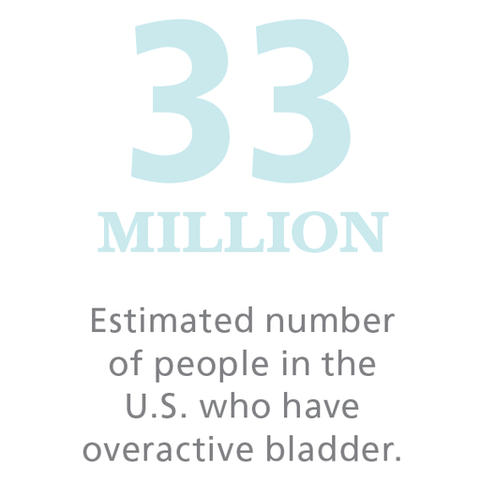
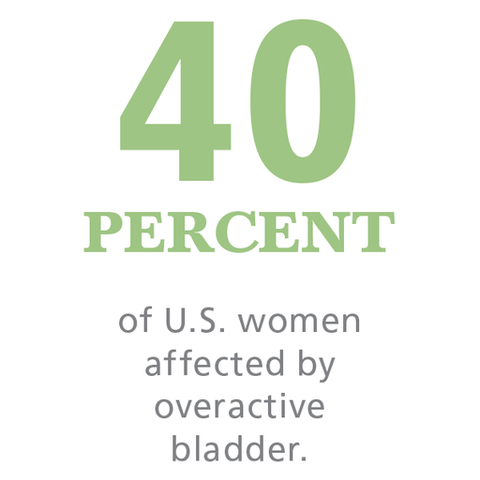
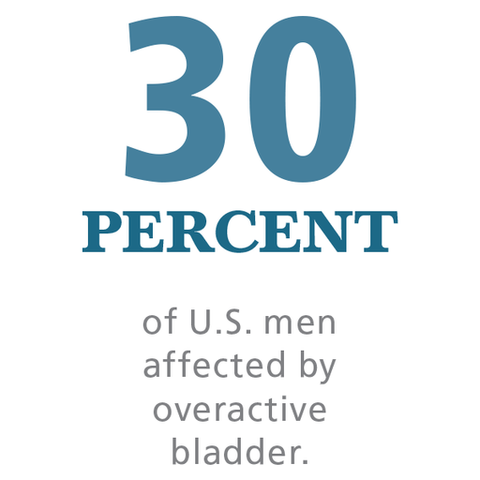
5 common types of
urinary incontinence:
- Stress incontinence. When urine leaks when there’s pressure on the bladder like during exercise, coughing, sneezing, laughing, or lifting heavy objects.
- Urge incontinence, also known as overactive bladder. When you have a sudden need to urinate and urine leaks out.
- Overflow incontinence. When the body makes more urine than the bladder can hold or the bladder gets too full, which causes leaking or “dribbling”.
- Functional incontinence. When older people who have normal bladder control, but have problems getting to the toilet in time because of health conditions like arthritis that make it hard to move quickly.
- Mixed incontinence. When you experience more than one type of urinary incontinence.
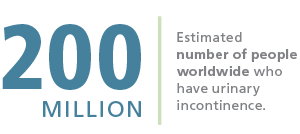
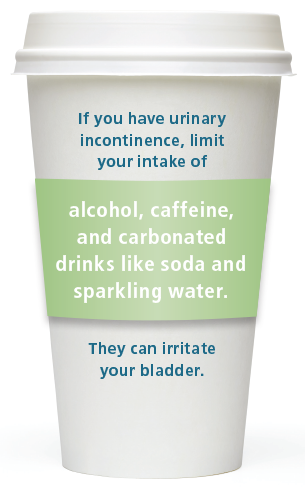
men and urinary
incontinence facts

An enlarge prostate, also known as benign prostatic hyperplasia (BPH), may cause urinary incontinence

The side effects of prostate cancer treatment may also cause urinary incontinence in some men.
6 treatments
for urinary incontinence:
- Lifestyle changes
- Kegel exercises
- Physical therapy
- Medications
- Devices
- Surgery
Products such as absorbent pads and adult diapers can also help manage incontinence. Talk to your doctor about the right option for you.
UrologyHealth.org | SUMMER 2018 | UROLOGYHEALTH extra